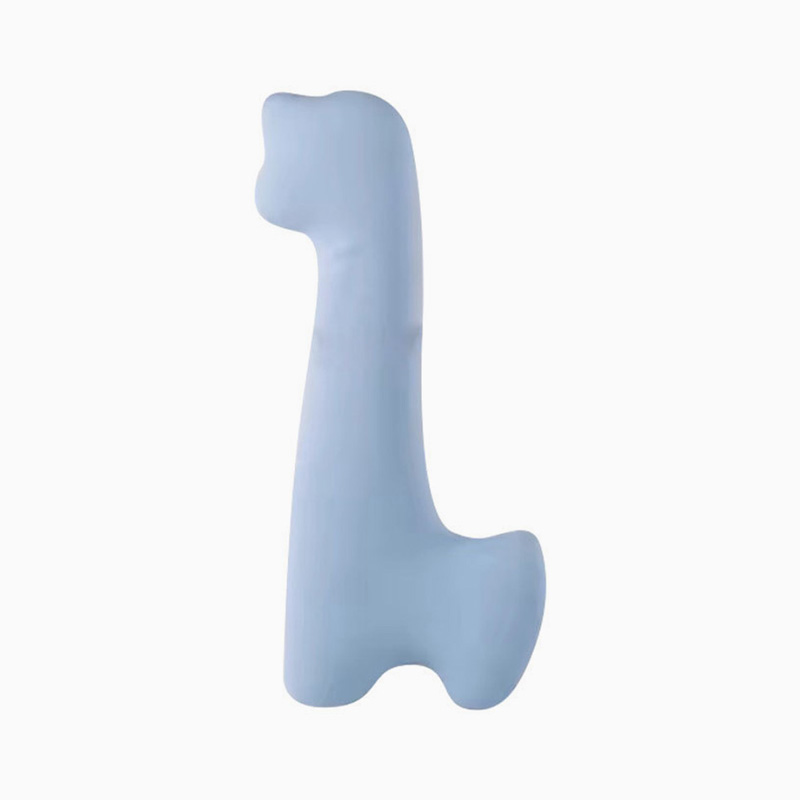The car neck pillow should be stored in a dry and ventilated place
Dryness is the key to preventing the car neck pillow from getting damp and moldy. A humid environment is a breeding ground for mold and bacteria. These microorganisms not only affect the cleanliness of the pillow, but may also pose a threat to the driver's health. Storing the car neck pillow in a dry environment is a necessary measure to maintain its hygiene and service life.
The necessity of ventilated storage
Ventilation helps to accelerate the dissipation of moisture inside the pillow, further reducing the risk of moisture. In a well-ventilated environment, the air circulates smoothly, which can remove moisture and odor on the surface of the pillow, keeping it dry and fresh. In addition, ventilation can also help reduce the stuffiness caused by long-term compression inside the pillow, and enhance the driver's experience.
Storage methods and suggestions
Choose a dry and ventilated storage location:
Store the car neck pillow in a dry and ventilated place in the car or at home, avoiding direct sunlight and humid environments. The trunk or under the seat in the car is a common storage location, but make sure that these areas will not accumulate moisture or be attacked by rain.
Use a dust bag or storage box:
To further protect the car neck pillow, you can use a dust bag or storage box for storage. The dust bag can effectively isolate dust and dirt, while the storage box can provide better protection and prevent the pillow from being squeezed or deformed. When choosing a dust bag or storage box, you should pay attention to its material and breathability to ensure that the inside of the pillow can remain dry and ventilated.
Regular inspection and drying:
Even if the above measures are taken, the storage condition of the car neck pillow should be checked regularly. If the surface of the pillow is found to be damp or odorous, it should be taken out and dried in time. When drying, choose a sunny and well-ventilated place to avoid exposure to the sun or high temperature baking to avoid damaging the material. After drying, it should be thoroughly dried before storage.

 English
English عربى
عربى previous post
previous post











